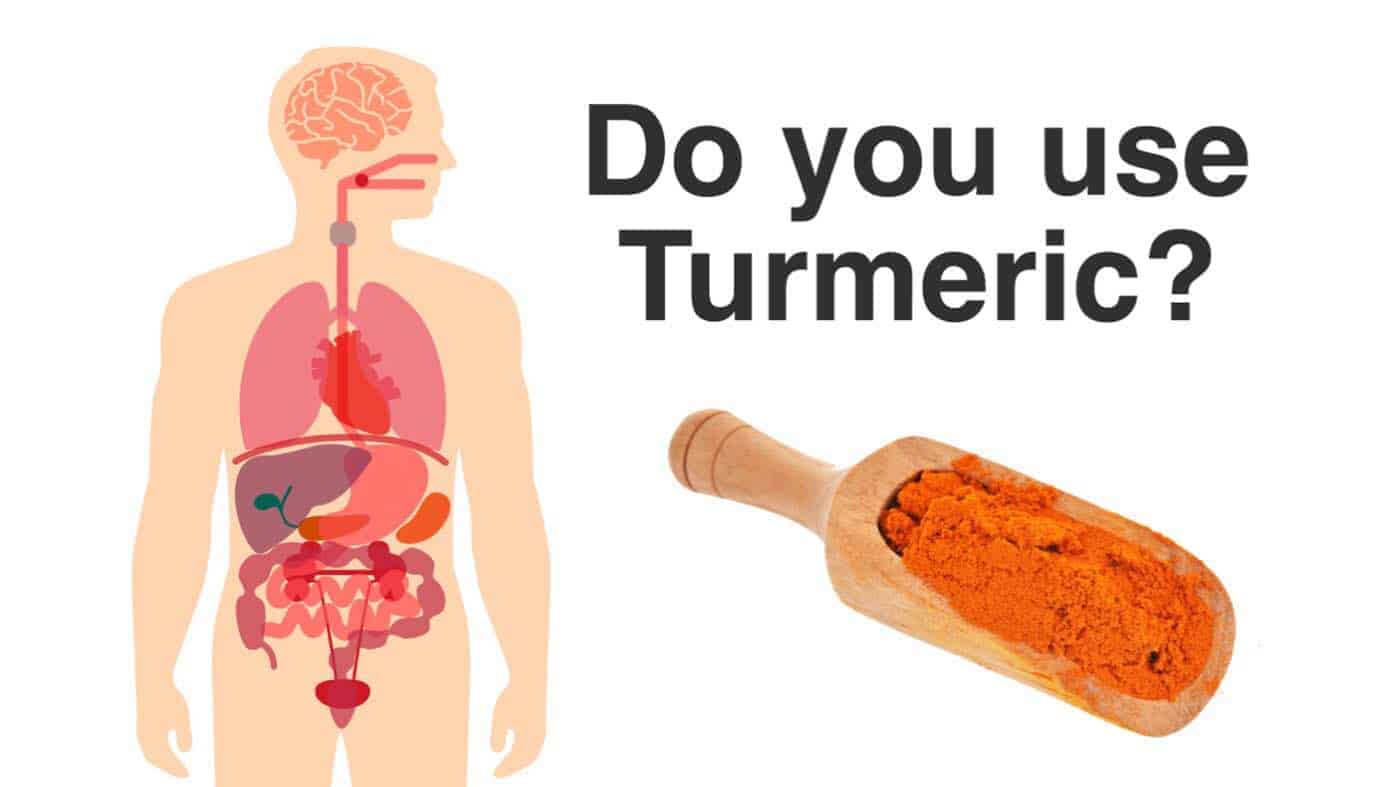Thousands of scientifically validated papers attest to the almost “magical” healing properties of turmeric. The main spice found in curry, turmeric, is one of the most potent herbs in existence, both for its preventative and treatment capabilities.
Of course, scientists being scientists, and researchers being researchers; sometimes the most compelling evidence isn’t enough.
The scientific method, defined as “a body of techniques for investigating phenomena, acquiring new knowledge, or correcting and integrating previous knowledge” demands continuous challenging, revalidation, and – if necessary – alterations of previous conclusions.
The above info brings us to the point of this article: a team of scientists who’ve claimed to rebuff the claims (thousands) of other scientists have made. Namely, the numerous assertions about turmeric’s health-promoting properties.
Let’s take a look at the study – and we’ll let you be the judge!
“Turmeric has become popular recently, with individuals experimenting with using turmeric in new ways…Sometimes when foods/nutrients gain popularity, their impact on human health tends to get overexaggerated.” – Nicole Osinga, Registered Dietitian (R.D.)
New Research Reveals The Truth About Turmeric
“This manuscript (study) reviews the essential medicinal chemistry of curcumin and provides evidence that curcumin is an unstable, reactive, nonbioavailable compound and, therefore, a highly improbable lead.” – Nelson, K.M., et. al “The Essential Medicinal Chemistry of Curcumin.”
An important thing to remember: Curcumin is an ingredient of turmeric, comprising about 3 to 5 percent. Curcumin might be the element that provides turmeric most of its medicinally useful properties.
Definitions From the Turmeric Study
In grasping the rationale behind the study’s observations, it is necessary to understand a couple of related definitions. Please use the following definitions as a reference to follow along:
- Double-blind: “of or relating to an experiment or clinical trial in which neither subjects nor the researchers know which subjects are receiving the active medication, treatment, etc., and which are not: a technique for eliminating subjective bias from the test results.”
- Placebo-controlled: “…a way of testing a medical therapy in which, in addition to a group of subjects that receives the treatment to be evaluated, a separate control group receives a sham “placebo treatment which is specifically designed to have no real effect.
Key Points Regarding the Study
First, the study’s team states that, after reviewing “>120 clinical trials of curcuminoids (molecules or chemical derivates of curcumin) against several diseases,” no Double-blinded, placebo-controlled study was successful.
This is a tremendously powerful statement, as rigorous scientific testing demands use of double-blinded and placebo-controlled methods. As noted in the definitions above, the use of such techniques eliminates subjectivity. Any valid, near-universally accepted scientific conclusion (example: Einstein’s Theory of Relativity) is completely objective in its methods, observations, and conclusions.
Second, most of turmeric’s medicinal benefits reported in the studies came from “in vitro” testing – or lab tests, as opposed to “in vivo” testing – or tests involving living organisms.
Obviously, lab-controlled test results are far less credible. “Successful” exposure of any substance – especially those with real human ramifications – demands in vivo testing; which is why we see numerous publications using mice or rats as subjects.
(Use of mice or rats is common in lab testing, as they are both mammals with similar behavioral, biological, and genetic characteristics as humans. Further, any symptoms from a tested compound manifest in both mammals as they would in humans.)
Third, the researchers (and others) have concluded that curcumin is unstable, reactive, and is nonbioavailable.
Any substance that enters the body deemed “unnecessary” is eliminated. Any substance that is “unacceptable” is quickly disintegrated and discarded. Our body’s innate, biological intelligence is phenomenal; it will quickly rid itself of anything toxic – real or perceived.
Study Limitations
This particular study (and others) have discovered that curcumin is not “accepted” by the body. Nonbioavailable is the key term, as the chemical makeup of the substance. In this case, curcumin does not allow it to enter the bloodstream. Of course, if curcumin cannot enter the bloodstream, it cannot have any significant effect.
This new research will probably lead to a “counter-response” experiment sooner rather than later. Though scientists involved in the study do not eliminate turmeric or curcumin as a potential benefit; they (vehemently) disagree about curcumin’s healing properties as previously reported.
Instead, the researchers conclude that turmeric may possess health benefits – and encourage future testing on the spices’ other, diverse elements.
Final Thoughts on the Turmeric Study
Stepping away from the study for a moment, some scientists and other experts have reportedly found a way to improve the stability of curcumin. Indeed, they may be onto something.
“Have (curcumin) with a quarter teaspoon of black pepper…if the (metabolic) process is suppressed by taking a quarter teaspoon’s worth of black pepper…you see curcumin (bloodstream) levels skyrocket…the bioavailability shoots up 2,000 percent,” says Registered Dietitian, Nicole Osinga.
Osinga sees the benefit of turmeric, along with its limitations.
“Can turmeric cure cancer? Not likely,” she concludes. “But can it reduce inflammation in the body that leads to chronic diseases such as cancer? Yes.”
(Love ending an article with an optimistic message!)
What do you all think? Any personal stories of your own to share? Please do!
















